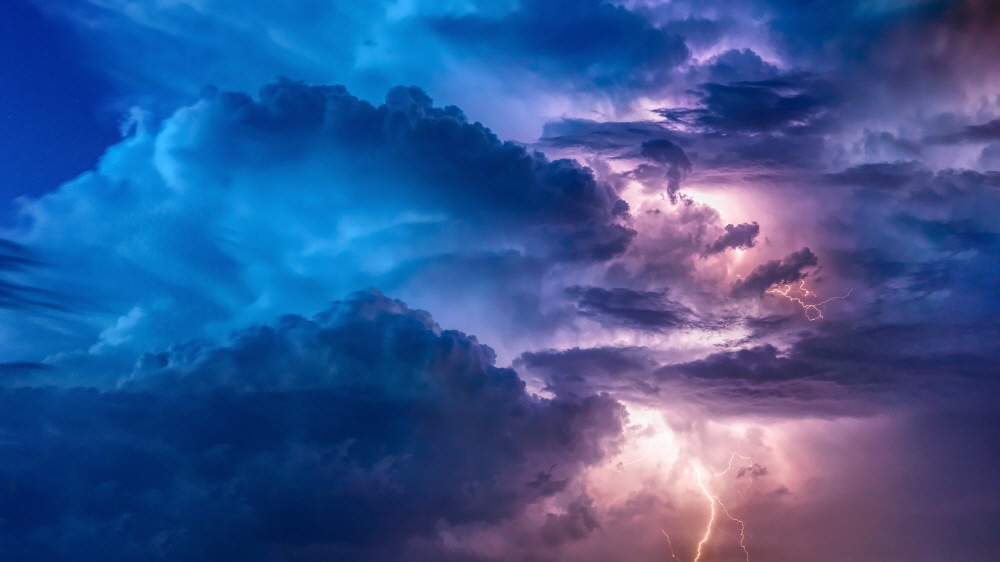
5G, a next-generation communication, is expected to enable vast amounts of data communication. The concern that comes with the commercialization of 5G is that weather forecasting experts point out that the accuracy of weather forecasts is reduced by 30% through 5G communication and there is a possibility of regressing to the level of the 1980s.
In the U.S., the 5G band was allocated 24GHz, and the FCC of the Federal Communications Commission was planning to conduct an auction in March 2019. Before the auction, however, researchers such as the US Oceanic and Atmospheric Administration NOAA and NASA expressed concern.
NOAA and NASA meteorological satellites are equipped with a sensor called AMSU, a high-performance micro echo sounder that operates at a frequency of 23.6 to 24 GHz to observe water vapor. The research team pointed out the risk of interference in the frequency used by the sensor for water vapor observation and the 24GHz band allocated to the 5G band, and argued that when 5G operation begins, the acquisition and transmission of meteorological satellite data may be greatly impeded. However, the FCC rejected this claim as having no technical basis and held a 24GHz band auction as scheduled, and T-Mobile and AT&T won the license.
The focus of the research institute’s meteorological research is the emission restrictions outside of the bands that affect adjacent frequency bands. The smaller the out-of-band emission, the lower the risk of interference with each other even if the 5G and meteorological satellite frequency bands are adjacent.
On October 28, an international conference was held in Egypt to decide on 5G regulation and the future. At the conference, which gathered about 3,000 people from all over the world, discussions were also made on the restrictions on out-of-band 5G launch, and the meteorological research team was expecting more stringent restrictions.
At the meeting, the United States demanded that out-of-band emissions be below -22dB, and European regulators and the World Meteorological Organization demanded stricter limits below -55dB. The agreement obtained at this meeting is to strictly limit out-of-band launches in the second phase. It was decided to limit out-of-band emission below -33dB until September 2027 and below -39dB after that.
Meteorologists also have a complicated voice in the agreement. American meteorologist Jordan Gerth said an agreement at a lower threshold than the US claim would be welcome, but he was not sure that there was no interference with meteorological data. NOAA researcher Neil Jacobs says that if his research team’s research is correct, the weather forecast accuracy will drop by 30% and there is a possibility that it will fall back to the 1980s level.
The European Mid-term Forecast Center ECMWF also criticized the results of the international conference and feared that the agreement would be sufficient to ensure that 5G applications do not interfere with weather observations and would have a significant impact on the science of climate change. He said he was worried about the recurring history of science succumbing to social pressure.
NOAA is also considering switching to alternative observation methods if the weather prediction accuracy is degraded by 5G. For example, by observing water vapor only in the Earth’s ocean, interference by 5G devices installed on land can be avoided. Another option is to develop an artificial intelligence approach to recover weather data lost by 5G, and how to maintain weather prediction accuracy. Related information can be found here .


















Add comment